 This is a schematic illustration of experiments that found the human body, especially the face, emits visible light in small quantities that vary during the day. B is one for the test subjects. The other images show the weak emissions of visible light during totally dark conditions. The chart corresponds to the images and shows how the emissions varied during the day. The last image (I) is an infrared image of the subject showing heat emissions (Kyoto University; Tohoku Institute of Technology; PLoS ONEa).
This is a schematic illustration of experiments that found the human body, especially the face, emits visible light in small quantities that vary during the day. B is one for the test subjects. The other images show the weak emissions of visible light during totally dark conditions. The chart corresponds to the images and shows how the emissions varied during the day. The last image (I) is an infrared image of the subject showing heat emissions (Kyoto University; Tohoku Institute of Technology; PLoS ONEa).
The human body literally glows, emitting a visible light in extremely small quantities at levels that rise and fall with the day, scientists now reveal.
 |
| Human devi, Maria Orsic (Vril) |
Past research has shown that the body emits visible light, 1,000 times less intense than the levels to which our naked eyes are sensitive. In fact, virtually all living creatures emit very weak light, which is thought to be a byproduct of biochemical reactions involving free radicals.
(This visible light differs from the infrared radiation — an invisible form of light — that comes from body heat.)
To learn more about this faint visible light, scientists in Japan employed extraordinarily sensitive cameras capable of detecting single photons. More
Buddhist "shining ones" (devas)
 A deva (literally, a "shining one") can refer to a woodland fairy or an angelic/godly inhabitant of many of the more exalted sensual, fine material, and immaterial "heavens" (sagga, akasha deva lokas) among the 31 Planes of Existence. Deva is a broad category like the term brahma.
A deva (literally, a "shining one") can refer to a woodland fairy or an angelic/godly inhabitant of many of the more exalted sensual, fine material, and immaterial "heavens" (sagga, akasha deva lokas) among the 31 Planes of Existence. Deva is a broad category like the term brahma.| Ancient Buddhist deva carving |
The devas are beautiful, like Pleiadians and Lyrians, Venutians and the women (particularly Maria Orsic, the Oracle of the Vril Society shown above) of Aldebaran. The bodies of devas -- whether lowly fairies or magnificent celestial bodies brighter than stars -- are more subtle and luminous than humans.























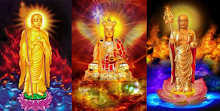



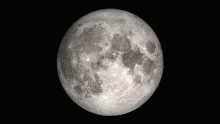




















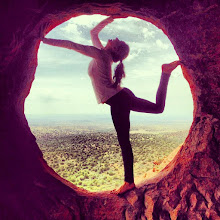









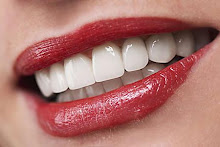
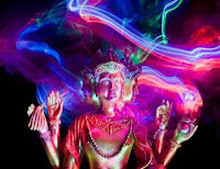































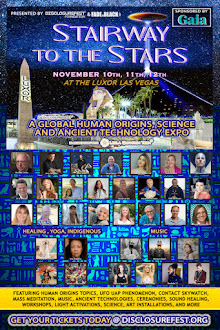
























































































































































No comments:
Post a Comment